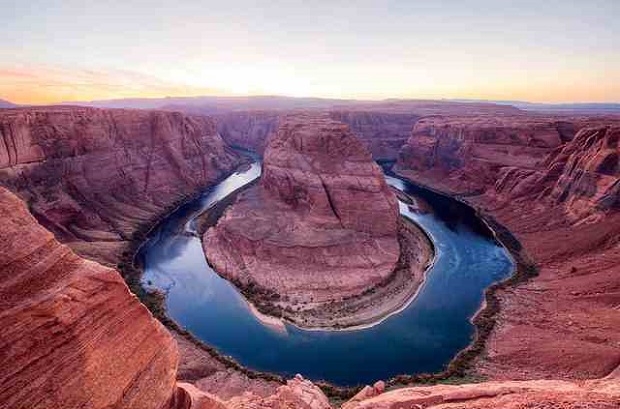The sheer length and impressive canyons carved by the Colorado River, Arizona is located in the United States and is the largest in the world. The Grand Canyon is one of the most spectacular natural wonders and teaches many scientists about the history of the world. In 1919, it was declared as the National Park in the USA and in 1979 a World Heritage Site because of its scientific importance. The length reaches 446 km, the width between 6.5 and 29 km and the depth 1.83 km.
The deep ravine as a result presents different types of climate in various places. For example, in winter, the highest points are covered with snow. On the North Rim, is the coldest area where the snow reaches an average height of 3 meters. In the depth of the gorge but the scenery is warm and reminds desert. Although the ravine showing naked, climatic fluctuations ensure the survival of many plant and animal species. There are over 1000 species of flowering plants and at least 300 species of birds.
In warmer depths dominate the cactus. The gray foxes and squirrels live in cooler walls of the ravine, while lizards and scorpions prefer the bottom of the ravine. Before the colonization of America by Europeans, Native American tribes used to live here. The first European who saw the Grand Canyon was the Spaniard Garcia Lopez de Cárdenas in 1540.
View more here: Landscapes of deep canyons to see in the United States, What to see and do in Page | Trips around Arizona.
By Nicole P.
Grand Canyon photos: Vincent Demers, Robyn Hooz, Jarrod Castaing, B Rosen.







Leave a comment